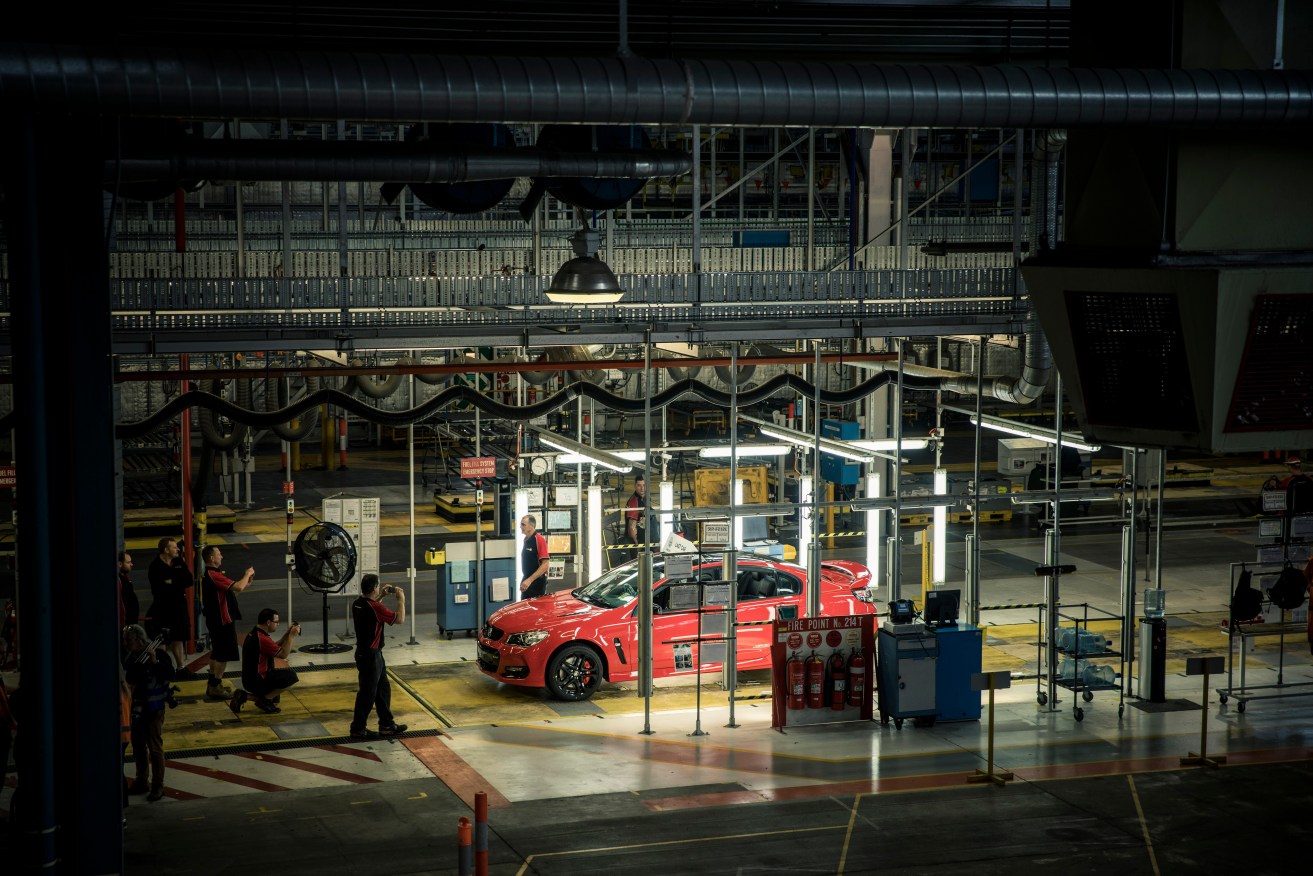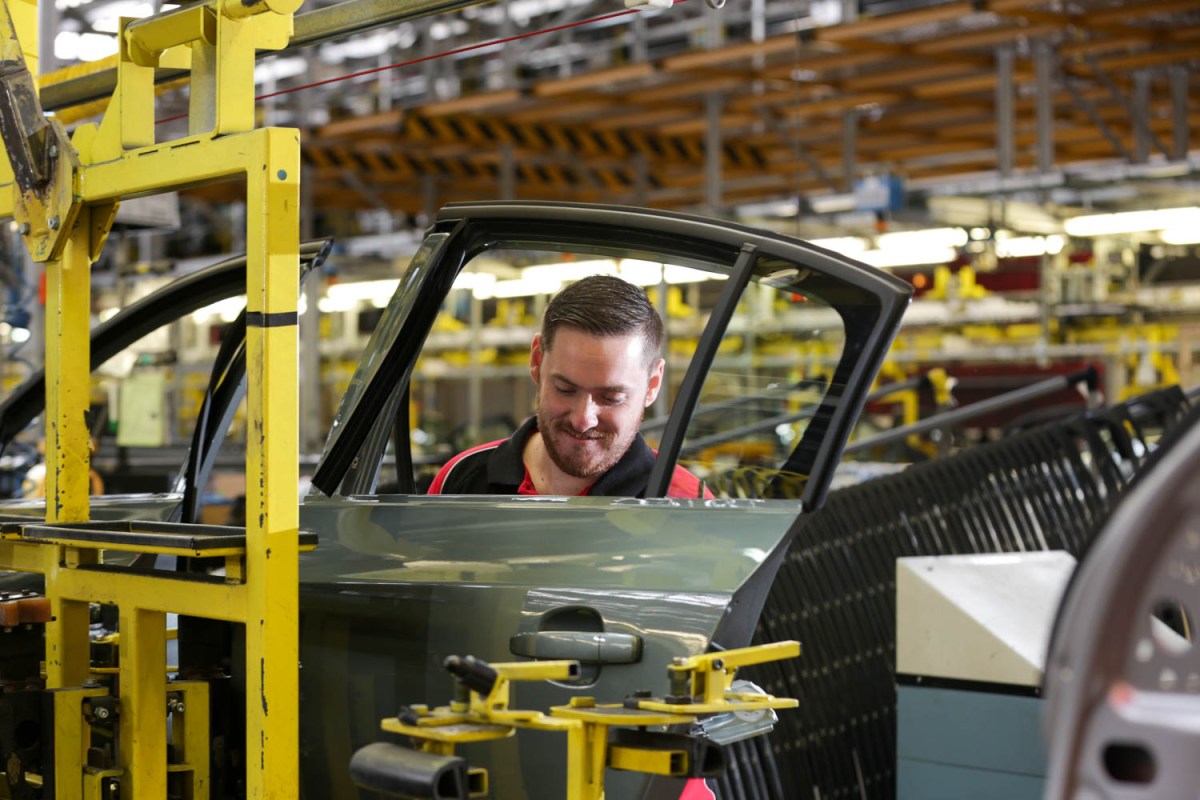Historians on drive for Holden worker memories
Two years after Holden shut down its car plants and brought down the curtain in Australian car manufacturing, historians are examining its history and how effectively it managed the mass redundancy of its workforce.


Holden’s Elizabeth assembly plant closed its doors in October, 2017, along with its engine-making plant in Victoria.
Following the shutdowns of Mitsubishi, Nissan and Ford local operations, it marked the end of Australian carmaking.
Thousands of car workers, and many others working for suppliers, lost their jobs.
Now, a team of historians from the University of Adelaide and Melbourne’s Monash University want past Holden workers – employed between 1945 and 2017 – to provide their oral histories and working experiences of the company and its culture.
“[As] South Australia’s largest private employer for much of its life-span and the linchpin of the state’s manufacturing sector, Holden’s final factory closure evoked grave concern for its workers and the hundreds of smaller component manufacturers and local businesses that figuratively and literally fed its factory and workforce,” said University of Adelaide Associate Professor for Humanities and project historian Paul Sendziuk.
“The role that workers… played in Holden’s business warrant thorough investigation, as does the effectiveness of the company’s attempts to help its workforce transition to new jobs.”
Sendziuk said the initiative aims to be different from other Holden accounts as it places the employees centre stage to the narrative – rather than the cars or senior executives – and attempts to find a gamut of experiences which create a complete picture.
“We’re interested in talking to people who were there for 40 years and whose fathers worked there and their brothers worked there, but we’re equally looking for the people who were there for only there for a year, didn’t have a great experience and then left,” he said.
“There is a Holden Retiree’s Club where men get together, sometimes monthly, for a lunch and swap stories, [and] the people who joined those kinds of clubs generally did love their job, they did love the company, did work there for a long period of time.
“Often when the media goes for a story… it might go to a representative of that kind of club, or a representative of the company, [and] you’re only going to get one type of story.”
The project also aims to interrogate the effectiveness of Holden’s commitment to transition its workers into other jobs after they were laid off.
“They (Holden) think their redundancy packages were very generous, and that they would help with this transition, but we’re keen to see whether two years down the track whether people feel that has been the case,” said Sendziuk.
“We’re also going to be likely interviewing people who worked as union organisers say, in the 1960s and the 1970s, where there were lots of strikes at Holden.
“I think Holden still thinks that with those negotiations, that they acted in good faith.
“It’ll be interesting to see the results.”
Holden – as well as the National Library of Australia, the National Motor Museum, and the Australian Research Council – provided funding for this project.
Sendziuk said the funding from Holden is representative of the company believing it acted in good faith towards its employees, and will not impact the results.
“[It] suggests that they are also very confident that in the end people will say good things about working at the company,” he said.
“[But] in the end it’s the independent researchers that have the final say over what gets used out of those interviews.”
The researchers said so far they have “received positive accounts”, of which Stewart Underwood’s is one.

Photo: Supplied
“I had come from England and joined a cosmopolitan workforce of British, Greek, Italian and Polish migrants, and established Australians,” said Underwood.
Now 66, he began work at Holden’s old Woodville plant as a 16-year-old in 1969, before moving to the Elizabeth plant and racking up 40 years with carmaker.
“We worked hard but had a good time too,” he said.
“We were proud of the cars we built, even at the end.
“Holden’s last Australian car was its best.”
The interviews will be housed at the National Library of Australia as part of their online catalogue and will facilitate existing exhibitions at the National Motor Museum in South Australia.
The researchers will collect histories in the second part of this year and early next year and the data will be processed by June 2020.
Anyone who worked at any of the Holden’s Adelaide or Melbourne-based facilities – such as Woodville or Elizabeth – is eligible to participate.
Visit the University of Adelaide website for more information.




